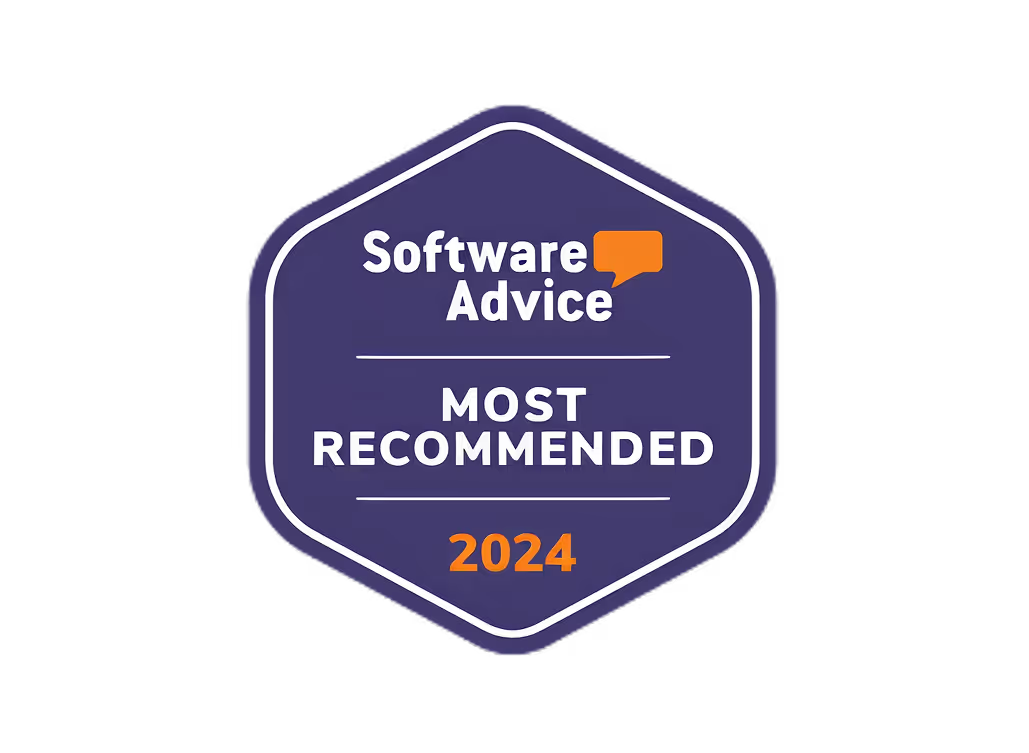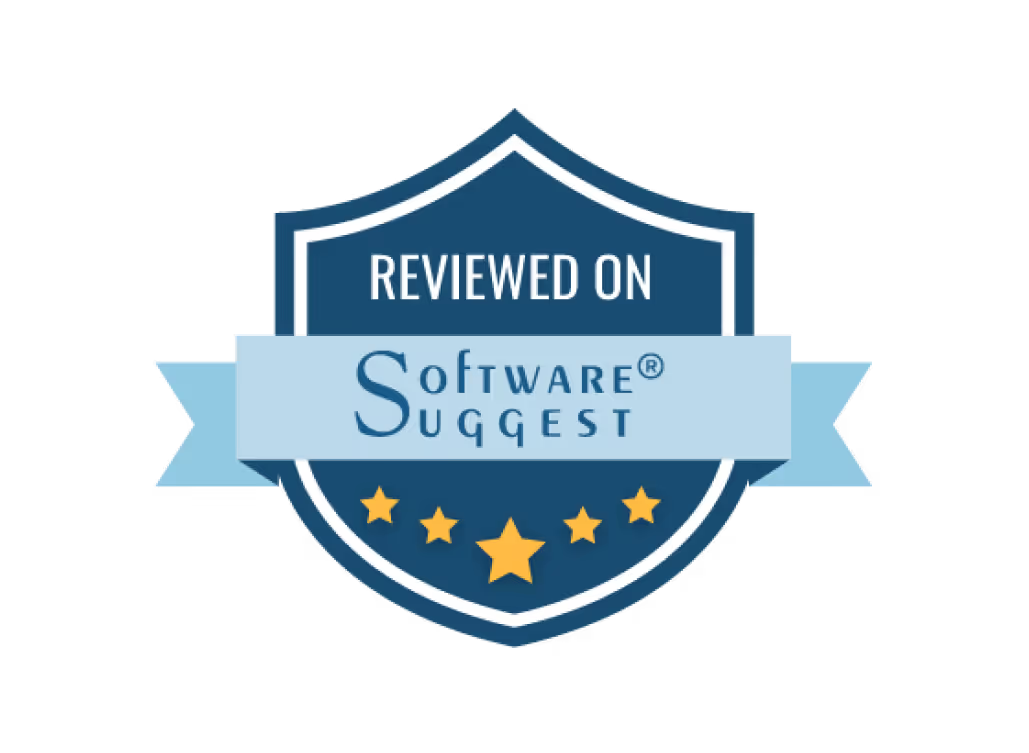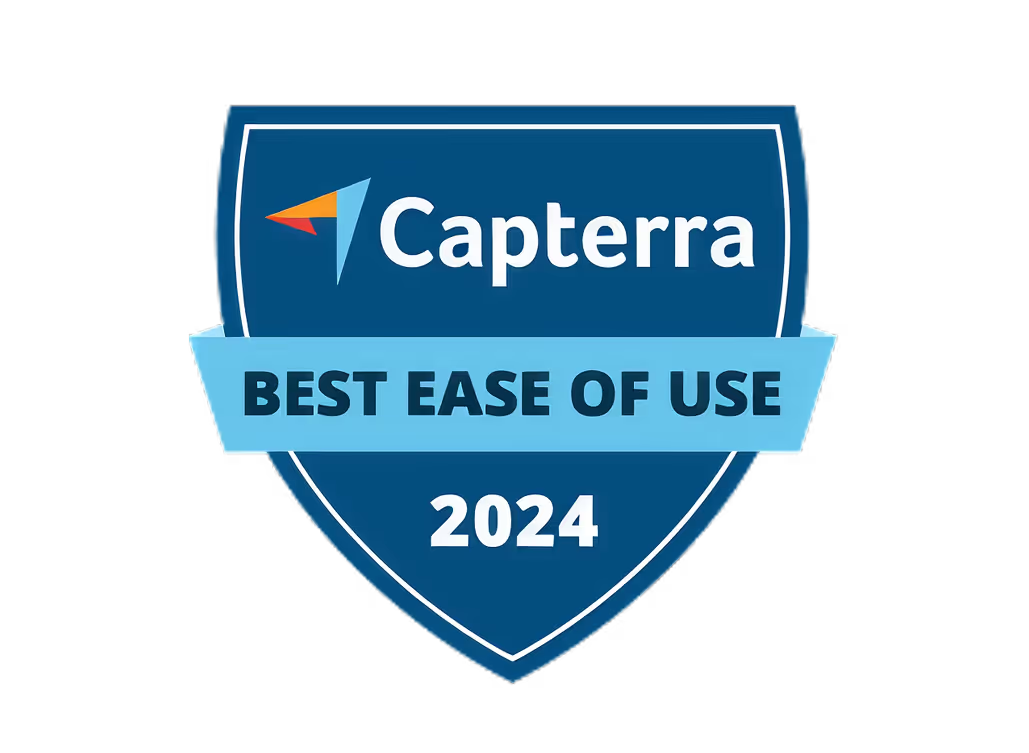10 Programmatic Ad Scheduling Best Practices 2024

Programmatic ad scheduling automates buying and selling digital ads to reach specific audiences across platforms in real-time. By following these 10 best practices, you can optimize ad delivery, boost ROI, and achieve your marketing goals:
- Know Your Target Audience
- Define your audience based on demographics, interests, and behaviors
- Gather data from first-party, second-party, and third-party sources
- Analyze data to identify patterns and refine your targeting strategy
- Schedule Ads for Peak Audience Times (Dayparting)
- Run ads during time slots when your target audience is most active
- Increase conversions and optimize ad spend by reaching people at the right time
- Implement Frequency Capping
- Limit how often an ad appears to individual users
- Prevent ad fatigue and improve campaign performance
- Leverage Real-Time Bidding (RTB)
- Bid on individual ad impressions in real-time
- Ensure ads reach the right audience, increasing effectiveness and cost-efficiency
- Use Automated Rules and Algorithms
- Automate tasks like adjusting bids or pausing underperforming ads
- Optimize campaigns in real-time using data insights
- Optimize for Different Devices
- Tailor ads for mobile, desktop, and emerging platforms like smart TVs
- Provide a smooth user experience across devices
- Track and Improve Based on Performance
- Review key metrics like click-through rates, conversion rates, and ROI
- Adjust bidding and refine targeting based on data
- Incorporate Geotargeting
- Deliver ads to specific geographic areas
- Increase ad relevance and engagement with location-specific messaging
- Coordinate with Business Hours
- Schedule ads during your operating hours
- Avoid wasted impressions when customers can't take action
- Regularly Test and Refine Your Strategy
- Monitor KPIs and identify opportunities for optimization
- Test new strategies and refine based on performance data
By implementing these practices, you can ensure your programmatic ads reach the right people at the optimal times, driving conversions and revenue for your business.
Related video from YouTube
1. Know Your Target Audience
To effectively schedule programmatic ads, you need to understand your target audience's behavior. This involves identifying who they are, what interests them, and when they're most likely to engage with your ads.
Define Your Audience
Start by clearly defining your target audience based on:
- Demographics: Age, gender, location, occupation, etc.
- Interests and Behaviors: Hobbies, preferences, online activities, purchase habits, etc.
For example, if you're a fashion brand, your target audience might be young adults interested in fashion and beauty trends.
Gather Audience Data
Collect data about your target audience from various sources:
- Your Website and Social Media: First-party data from customer interactions.
- Publishers and Ad Exchanges: Second-party data from partners.
- Data Providers: Third-party data from platforms like DMPs and CDPs.
Data SourceDescriptionFirst-PartyData from your own channels (website, social media, etc.)Second-PartyData from partners (publishers, ad exchanges)Third-PartyData from external providers (DMPs, CDPs)
Analyze and Refine
Analyze the collected data to identify patterns and insights about your audience's preferences and behaviors. Use these insights to refine your targeting strategy and ad scheduling.
For example, if your data shows your audience is most active on social media during weekends, you can adjust your ad delivery accordingly.
2. Schedule Ads for Peak Audience Times
Dayparting is scheduling ads to run during specific time slots when your target audience is most active. This strategy helps you reach the right people at the right time, increasing your chances of conversions and getting the most out of your ad spend.
What is Dayparting?
Dayparting divides the day into segments and schedules ads to go live during those time frames. For example, you might run ads in the morning for commuters, during lunch hours for office workers, or in the evenings for families at home.
Benefits of Dayparting
- Higher Conversions: Reaching your audience when they're most likely to engage with your ads can lead to more conversions and better ROI.
- Optimized Ad Spend: By targeting peak audience times, you avoid wasting ad dollars on low-engagement periods.
- Increased Brand Awareness: Targeting specific time slots can help increase your brand's visibility among your target audience.
How to Implement Dayparting
- Analyze Audience Behavior: Study your target audience's online habits and preferences to identify the best times to reach them.
- Test and Refine: Continuously test different dayparting strategies and refine your approach based on performance data.
- Use Data Analytics: Leverage analytics tools to uncover patterns and insights about your audience's behavior and preferences.
Dayparting StrategyExampleTime of DayRun ads during morning commute hours or evening leisure timeDay of WeekTarget weekdays for professionals or weekends for familiesSeasonalAdjust ad schedules for holidays, back-to-school, or seasonal events
3. Implement Frequency Capping
Frequency capping limits how often an ad appears to individual users over a set period. This helps prevent ad fatigue and improves campaign performance. Ad frequency measures how many times a user sees your ad in a day, week, or month. The ideal frequency depends on factors like the product, sales funnel stage, and business goals.
Why Frequency Capping Matters
- Prevents users from seeing your ad too many times, causing annoyance
- Helps measure campaign effectiveness beyond just clicks or impressions
- Encourages brand recall and engagement rather than just views
How to Set Frequency Caps
In Display & Video 360, you can control frequency capping at multiple levels:
- Campaign Level: Set a lifetime cap for the entire campaign duration
- Insertion Order Level: Cap exposures per week (e.g., 4 per week)
- Line Item Level: Limit exposures per day for specific audiences (e.g., 2 per day)
You can also cap frequency by month, week, day, hour, or minute based on your campaign needs.
LevelExample CapCampaignLifetime of campaignInsertion Order4 exposures per weekLine Item2 exposures per day for Audience A
4. Leverage Real-Time Bidding
Real-time bidding (RTB) is a key part of programmatic ad scheduling. It allows advertisers to bid on individual ad impressions in real-time. This process happens instantly, enabling advertisers to target specific audiences and get the most value from their ad spend.
Benefits of Real-Time Bidding
RTB offers several advantages:
- Time-saving: It automates the ad buying process, saving time and effort.
- Cost-effective: Advertisers can set their budget and bid on individual impressions, preventing overspending.
- Targeted: RTB ensures ads reach the right audience, increasing their effectiveness.
How Real-Time Bidding Works
When a user visits a website, a bid request is sent to an ad exchange, which is a digital marketplace for buying and selling ad space. The ad exchange then passes the bid request to multiple advertisers, who bid on the impression in real-time. The highest bidder wins, and their ad is shown to the user.
StepDescription1User visits a website2Bid request sent to ad exchange3Ad exchange shares bid request with advertisers4Advertisers bid on the impression in real-time5Highest bidder's ad is shown to the user
5. Use Automated Rules and Algorithms
Automated rules and algorithms are key tools for optimizing programmatic ad scheduling. They help automate routine tasks and make data-driven decisions, saving time and improving campaign performance.
Benefits of Automation
- Time-Saving: Automate repetitive tasks like adjusting bids or pausing underperforming ads, freeing up time for strategic planning.
- Efficiency: Optimize campaigns in real-time, ensuring ads reach the right audience at the right time.
- Performance: Use data insights to make informed decisions and improve campaign results.
Getting Started
- Define Goals: Determine what you want to achieve, such as increasing conversions or reducing costs.
- Choose Tools: Select a programmatic ad platform that offers automated rules and algorithms, like Google Ads or Facebook Ads.
- Set Up Rules: Create rules based on specific conditions, like ad performance or audience behavior, to automate tasks and optimize campaigns.
- Monitor and Adjust: Continuously monitor campaigns and adjust automated rules as needed for optimal performance.
Automation BenefitDescriptionTime-SavingAutomate repetitive tasks to free up timeEfficiencyOptimize campaigns in real-timePerformanceUse data insights to improve resultsGetting StartedStepsDefine GoalsDetermine what you want to achieveChoose ToolsSelect a programmatic ad platform with automation featuresSet Up RulesCreate rules based on specific conditionsMonitor and AdjustContinuously monitor and adjust rules as needed
sbb-itb-606b7a1
6. Optimize for Different Devices
Tailoring programmatic ads for various devices is crucial for providing a smooth user experience across platforms. With the rise of mobile usage, it's vital to adapt your ad strategy to cater to different devices, including mobile devices, desktops, and emerging platforms like smart TVs and Internet of Things (IoT) devices.
Mobile Optimization
For mobile devices, consider the unique characteristics of mobile users. Create vertical or square videos to utilize the full screen space, and optimize video file sizes to reduce load times. This ensures a seamless viewing experience and increases engagement.
Desktop Optimization
On desktop computers, create high-quality videos that make the most of the larger screen space. Incorporate interactive elements, such as clickable overlays or call-to-action buttons, to encourage user engagement and drive conversions. Longer videos that tell a story or provide in-depth information can be effective on desktops, as users are more likely to invest time in watching and understanding the content.
Emerging Platforms
As technology advances, it's crucial to explore innovative ways to captivate and connect with audiences on emerging platforms like smart TVs and IoT devices. Optimize video ads for these platforms by leveraging large screens and high-quality displays to deliver immersive experiences.
Device TypeOptimization StrategiesMobile- Create vertical or square videos
- Optimize video file sizes for faster loadingDesktop- High-quality videos for larger screens
- Interactive elements (clickable overlays, CTAs)
- Longer, storytelling videosEmerging Platforms- Leverage large screens and high-quality displays
- Deliver immersive experiences
7. Track and Improve Based on Performance
To get the best results from your programmatic ad scheduling, it's important to regularly check how your campaigns are doing and make changes as needed. Look at key numbers like click-through rates (how often people click your ads), conversion rates (how often clicks lead to desired actions), cost per acquisition (how much you pay for each new customer), and return on ad spend (how much revenue you get for each dollar spent on ads).
Review Performance Data
Go over your campaign reports, audience insights, and how well different ad creatives and targeting strategies are working. Look for areas that could be better.
Adjust Bidding
Based on what you find, change how much you bid for different ad groups. Increase bids for high-performing groups and decrease bids for low-performing ones. You can also shift budget to the campaigns getting the best results.
Refine Targeting
Make sure your ads are reaching the right people by adjusting who you target. You might need to change the demographics, interests, or behaviors you're aiming for to better match your goals.
Key MetricDescriptionClick-Through RateHow often people click your adsConversion RateHow often clicks lead to desired actionsCost per AcquisitionHow much you pay for each new customerReturn on Ad SpendHow much revenue you get per dollar spent on ads
8. Incorporate Geotargeting
Geotargeting allows you to deliver ads to specific geographic areas. This helps make your ads more relevant and personalized, leading to higher engagement and conversions.
Benefits of Geotargeting
By using geotargeting in your programmatic ad scheduling, you can:
- Increase ad relevance by targeting users based on location
- Improve engagement and conversions with targeted, location-specific messages
- Optimize ad spend by focusing on high-potential areas
- Gain insights into user behavior and preferences in different regions
How to Implement Geotargeting
To implement geotargeting, follow these steps:
- Define Target Locations: Identify the geographic areas you want to target based on your goals and audience.
- Use Location Data: Utilize data like IP addresses, GPS signals, or user-provided information to determine a user's location.
- Set Up Geotargeted Campaigns: Create ad campaigns targeting specific cities, regions, or countries.
- Monitor and Optimize: Continuously monitor your geotargeted campaigns and adjust targeting strategies based on performance data.
BenefitDescriptionRelevanceTarget users based on location for more relevant adsEngagementDeliver targeted, location-specific messages to improve engagement and conversionsOptimizationFocus on high-potential areas to optimize ad spendInsightsGain insights into user behavior and preferences in different regionsImplementation StepDescriptionDefine Target LocationsIdentify the geographic areas you want to targetUse Location DataUtilize data like IP addresses, GPS signals, or user-provided information to determine a user's locationSet Up Geotargeted CampaignsCreate ad campaigns targeting specific cities, regions, or countriesMonitor and OptimizeContinuously monitor your geotargeted campaigns and adjust targeting strategies based on performance data
9. Coordinate with Business Hours
Scheduling your ads to run during your business hours is key. This ensures your ads reach customers when they can take action, like making a purchase.
For example, if you're a clothing store open from 9 am to 9 pm, showing ads after closing hours would be ineffective since customers can't buy then.
To coordinate with business hours:
1. Identify Peak Hours
Determine when your target audience is most active online. Schedule ads during those peak hours.
2. Match Business Hours
Align ad scheduling with your operating hours. Avoid showing ads when you're closed.
3. Target Specific Times
Use ad scheduling to target days and times when your audience is most likely to engage.
ScenarioAd Scheduling StrategyRetail StoreShow ads during store hours, especially peak shopping timesRestaurantSchedule ads around meal times when people are looking for dining optionsService BusinessTarget weekday business hours when customers are available
By coordinating ad scheduling with your business hours, you can:
- Increase ad relevance and engagement
- Avoid wasted impressions when customers can't take action
- Maximize your ad spend's effectiveness
10. Regularly Test and Refine Your Strategy
Continuously testing and refining your programmatic ad scheduling approach is crucial for optimizing performance. By regularly analyzing your ad metrics and making data-driven adjustments, you can ensure your ads reach the right audience at the optimal times, maximizing your return on investment (ROI).
Here's how to effectively test and refine your strategy:
1. Monitor Key Metrics
Keep a close eye on key performance indicators (KPIs) like:
- Click-through rates (CTR)
- Conversion rates
- Cost per acquisition (CPA)
2. Identify Opportunities
Analyze your data to pinpoint areas for optimization, such as:
- Adjusting bid strategies
- Targeting specific demographics or locations
- Changing ad scheduling times
3. Make Data-Driven Decisions
Use your data insights to inform optimization decisions, rather than relying on guesses or assumptions.
4. Test New Strategies
Continuously test new ad scheduling approaches, such as:
StrategyExampleTargeting Different TimesWeekdays vs. weekends, mornings vs. eveningsAdjusting Frequency CapsIncreasing or decreasing ad exposure limitsExperimenting with DaypartingScheduling ads during peak audience hours
5. Refine and Repeat
Refine your ad scheduling strategy based on test results, and repeat the process to ensure continuous improvement.
Final Thoughts
In summary, following these 10 programmatic ad scheduling practices can significantly boost your ad campaign performance. By understanding your audience's behavior, using dayparting effectively, and leveraging real-time bidding, you can increase your return on investment (ROI) and reach your target audience at the optimal times.
Remember to continuously test and refine your strategy, incorporating geotargeting and coordinating with business hours to maximize your ad spend. By following these practices, you can ensure that your ads are seen by the right people at the right time, driving conversions and revenue for your business.
In today's fast-paced digital landscape, a data-driven approach to ad scheduling is crucial to staying ahead of the competition. By utilizing programmatic ad scheduling, you can optimize your ad campaigns for maximum ROI and drive business growth.
Key BenefitDescriptionAudience UnderstandingKnow when and where your audience is most activeDaypartingSchedule ads during peak audience timesReal-Time BiddingBid on individual ad impressions in real-timeContinuous ImprovementTest and refine your strategy based on performance dataGeotargetingDeliver ads to specific geographic areasBusiness Hour CoordinationSchedule ads during your operating hours
By implementing these practices, you can:
- Increase ad relevance and engagement
- Avoid wasted impressions when customers can't take action
- Maximize your ad spend's effectiveness

















